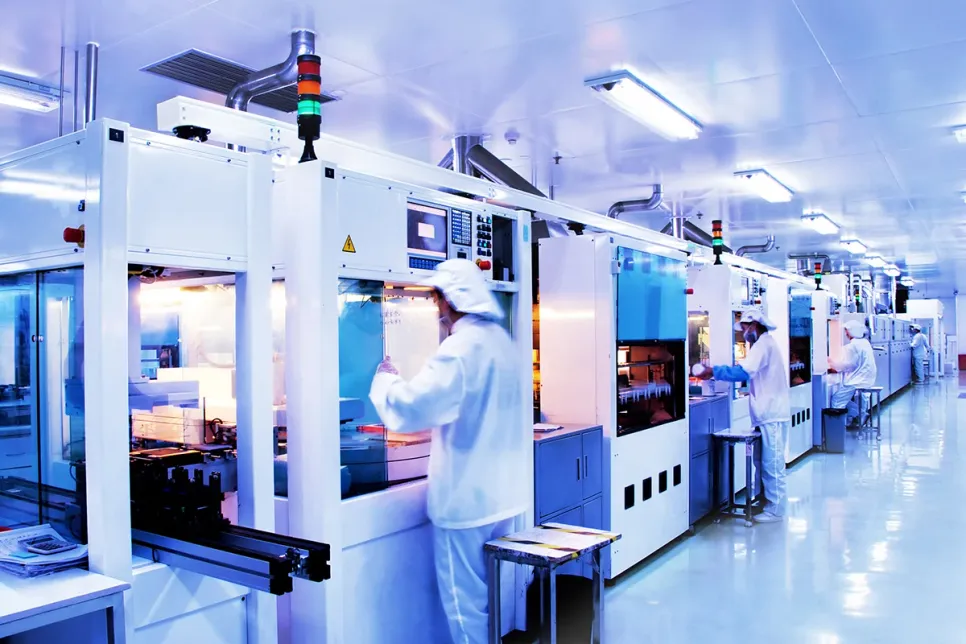Samsung Gains $4.6 Billion in New US Chip Funding
The US Department of Commerce plans to provide Samsung with up to $4.6 billion to expand its semiconductor manufacturing capabilities.

Apple has a backup plan if the U.S.-China trade war gets out of hand, according to Bloomberg. The company’s primary manufacturing partner has enough capacity to make all iPhones bound for the U.S. outside of China if necessary, according to a senior executive at Hon Hai. The Taiwanese contract manufacturer now makes most of the smartphones in the Chinese mainland.
Hon Hai is the American giant’s most important manufacturing partner. It will fully support Apple if it needs to adjust its production as the U.S.-Chinese trade spat gets grimmer and more unpredictable, board nominee and semiconductor division chief Young Liu told an investor briefing in Taipei. “25% of our production capacity is outside of China and we can help Apple respond to its needs in the U.S. market,“ said Liu, adding that investments are now being made in India. “We have enough capacity to meet Apple’s demand.“
Apple has not given Hon Hai instructions to move production out of China, but it is capable of moving lines elsewhere according to customers’ needs, Liu added. The company will respond swiftly and rely on localized manufacturing in response to the trade war, just as it foresaw the need to build a base in the U.S. state of Wisconsin two years ago, he said. Hon Hai is now running quality tests for the iPhone Xr series in India and plans to begin mass production at a facility in the suburbs of Chennai. Older models are already assembled at a Wistron plant in Bangalore.
Foxconn has also agreed to build a 13,000-worker facility in Wisconsin in exchange for more than $4.5 billion in government incentives. But that project has since come under criticism for low-paying jobs, sudden dismissals and ever-changing goals. Executives reaffirmed that employment goal, saying construction remained on schedule and that it will hire as many as 2,000 Americans by the end of 2020. It will also start making networking and server products for the U.S. market by the end of next year, on top of LCDs starting next year, Liu said.